The lost and un-tread path of freedom or enlightenment was re-discovered by Gautama, “The Samyak Sambuddha” about 2500 years ago.
Why do we term it as re-discovered?
Because there had been many Buddhas before Siddhartha Gautama and there will be many more Buddhas in future who will find this path of enlightenment in future “Kalpas”.
During the era of Buddha, many benefitted by this gem, the path which helps you to find a solution to end the sufferings.
Many persons who were in this path and had attained “Paramis” during their previous births could attain “Nibbana”.
Many others could practice the “Dhamma” to strengthen their “paramis” and many other who got their first seed of Vipassana became established in Dhamma for the first time to walk on the path of “Nibbana” (Enlightenment).
After the “Maha Pari-Nibbana’ (enlightenment) of Buddha, the “Dhamma” in its pristine form remained for approximately 500 years but lost its natural form by getting distorted and falling in hands of wrong people.
The benefits and fruits of meditation were lost due to distorted facts and adulteration of dogmas, thus the original teachings and the method of meditation vanished from its origin, India and its neighbouring countries.
However, the pure Vipassana, Dhamma was preserved by a few dedicated monks and teachers in Burma, one of India’s neighbouring countries.
It got resurrected in this world with the efforts of venerable Sayagyi u Ba Khin and S N Goenka.
I am indebted to the entire chain of teachers, some of whom we do not know; that they kept the Vipassana technique in its purest form without any distortion and the entire world is receiving it through the chain of teachers established in pure “Dhamma”.




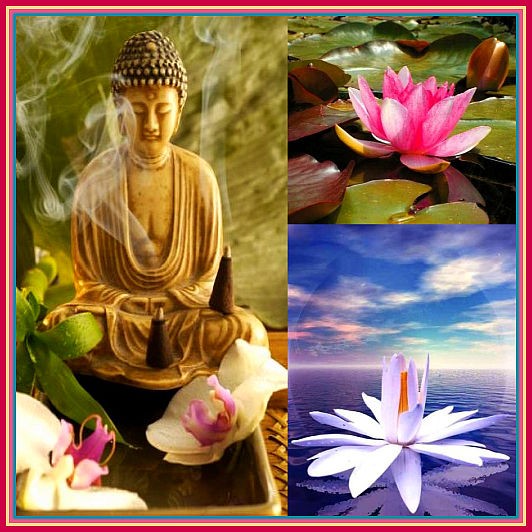



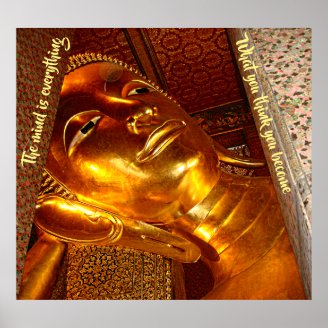
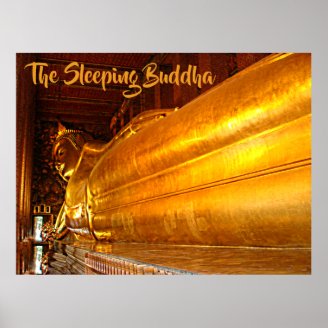
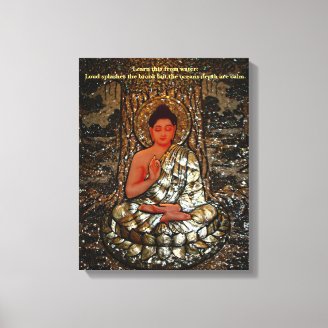






























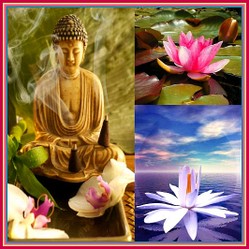

 Harvest Bounty of Fall Fruitson 08/03/2023
Harvest Bounty of Fall Fruitson 08/03/2023
 Is Buddhism older than Hinduism?on 06/13/2023
Is Buddhism older than Hinduism?on 06/13/2023
 Was Tirumala Tirupati Balaji Temple a Buddhist Shrine?on 06/13/2023
Was Tirumala Tirupati Balaji Temple a Buddhist Shrine?on 06/13/2023
 The Great Wave of Kanagawa from Japanese Artist Hokusaion 06/11/2023
The Great Wave of Kanagawa from Japanese Artist Hokusaion 06/11/2023



Ever heard about Vipassana?
The ninth and the tenth sentences under the subheading Vipassana Course As Taught by Revered Guruji SN Goenka identify Myanmar as the place of pure Vipassana.
Would Myanmar have influenced all other Vipassana places or would, for example, Sri Lanka Vipassana meditation be according to another evolution, another manifestation, another tradition?
Hi MBC - All paths lead to one. Buddha said there is only one path ultimately which when followed leads to enlightenment.
Yes, there are also many other teachers and paths. They say there are 84,000 paths to Buddhahood. Nice tribute to your teacher.